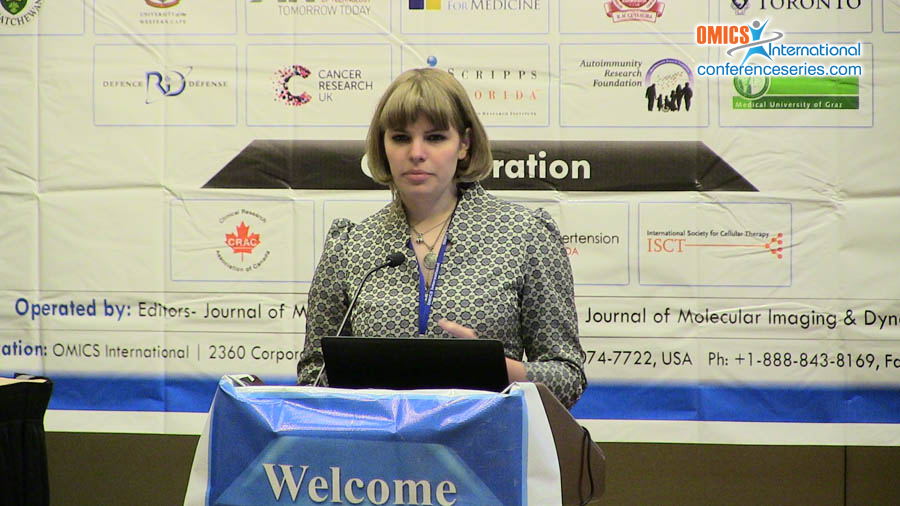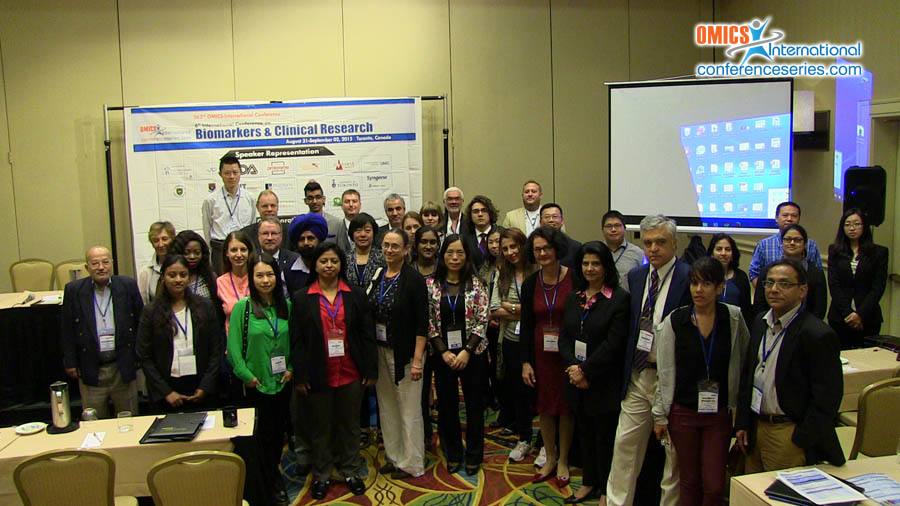
Alisa Petkevich
I.M. Sechenov First Moscow State Medical University, Russia
Title: Systemic autoimmune disorders: SLE and RA as an illustration of the clinical and predictive value of DNA-abzymes as unique biomarkers of newer generation to monitor the disorders at subclinical and clinical stages and to manage the disorders
Biography
Biography: Alisa Petkevich
Abstract
Rheumatoid arthritis (RA) and systemic lupus erythematosus (SLE) are examples of systemic autoimmune rheumatic diseases (sARDs) which are thought to develop as a result of the autoimmunity-related control mechanisms failure where the tolerance breakage would dominate. Biomarkers to suit the clinical standards and practical requirements should fit into the concept of PPPM and evidently demonstrate their high specificity, accuracy, sensitivity and reproducibility. One of the putative and unique biomarkers of the latest generations to secure the reliable monitoring of sARDs at both clinical and subclinical stages of the disorder (either SLE or RA) are appearing to be DNA-abzymes i.e., DNA-hydrolyzing auto antibodies (auto Abs) of IgG class exhibiting catalytic activity. However, most of sARDs tested in particular SLE and RA have a typical subclinical stage preceding to the canonical clinical manifestations which in turn are usually accompanied by the presence of the disease-related biomarkers to correlate with the initiation and propagation of the autoimmune condition. Among those biomarkers, catalytic auto Abs including DNA-abzymes are initially registered in sera of the persons tested at the subclinical stage (with no clinical signs) to let us speak about DNA-abzymes as subclinical and predictive biomarkers to correlate further with symptoms of the clinical illness. The presence and levels of those DNA-abzymes in sera of SLE and RA patients with different forms of the disease and in sera of the persons-at-risk illustrating the subclinical (symptom-free) stage to be transformed further into the clinical one could facilitate manipulations to secure reliable procedures of getting the right diagnosis put in time to predict the relapse or exacerbations, to control the clinical course and thus the drug dosing process and finally to monitor the subclinical and clinical courses and to manage the drug responses and the pathology development as a whole as well.


